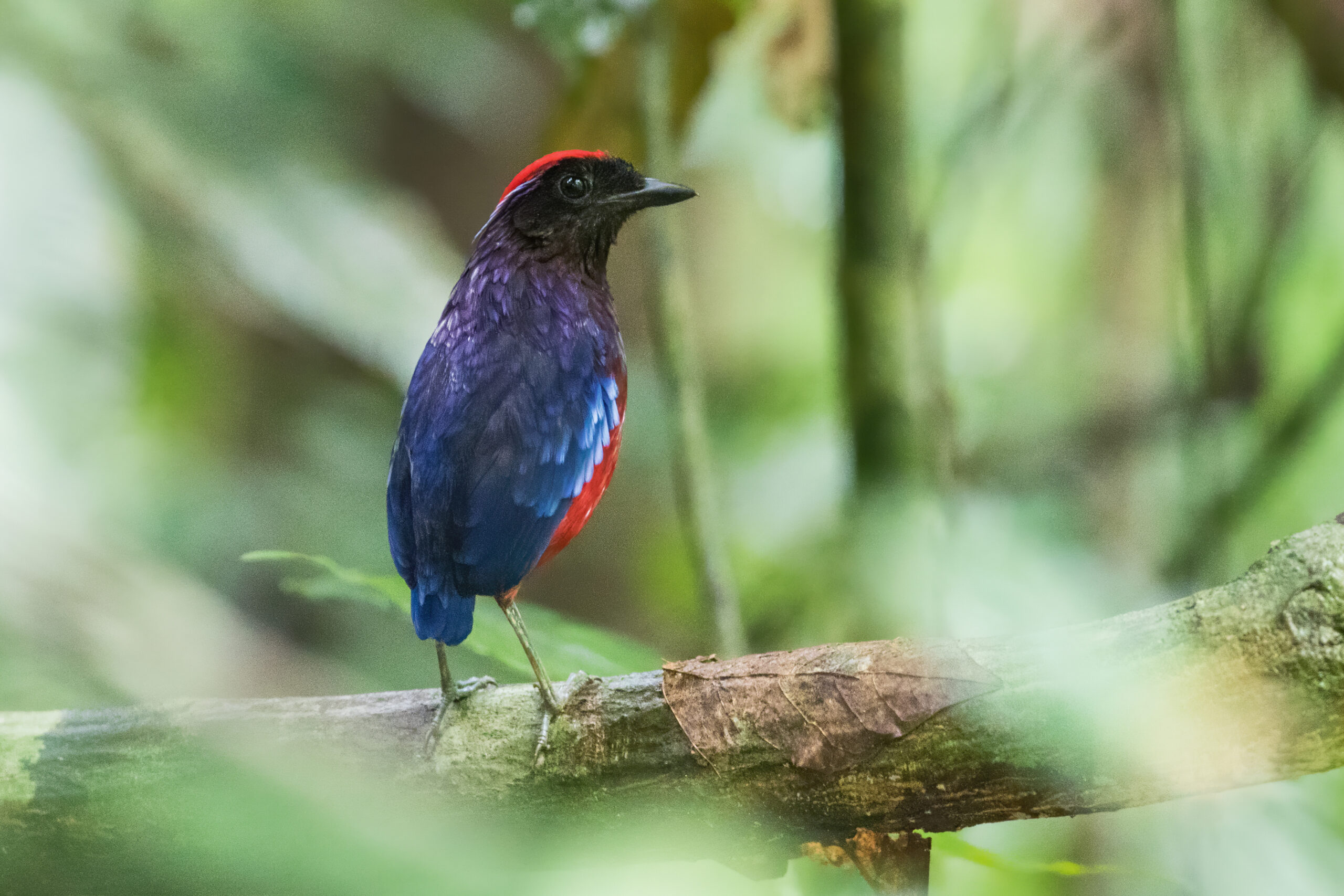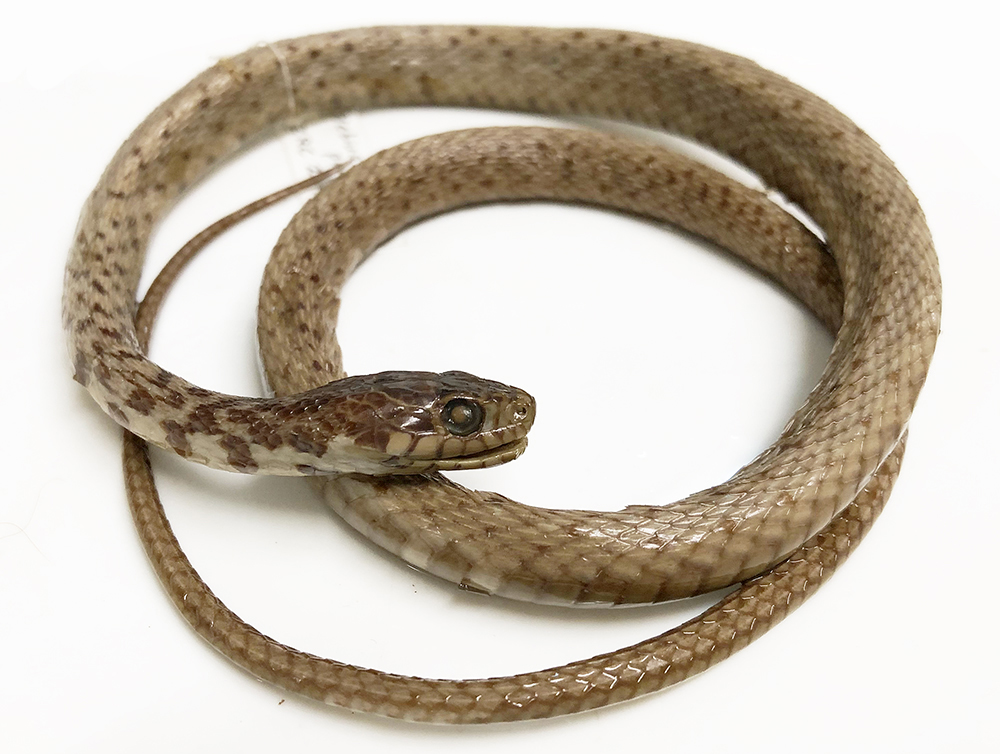Updated estimates on species extinction in Singapore
Singapore may have lost most of its original forest, but how much of its local biodiversity has actually been lost? After over a decade of work involving many researchers, including some of our Museum staff, a new paper on Singapore’s local extinctions has been published recently, revealing that an estimated 37% of species have gone extinct in Singapore over the last 200 years. Led by Associate Professor Ryan Chisholm from the Department of Biological Sciences, National University of Singapore, this paper is one of the most significant studies done on Singapore’s biodiversity to date and serves as an important signpost for further biodiversity research and conservation.

Photo of a garnet pitta (Pitta granatina coccinea), last seen in Singapore in 1949. Photo credit: Keita Sin
The importance of numbers
Assoc Prof Chisholm believes in the power of numbers as motivation to inform conservation planning. “Without accurate numbers of what is going on, we will not know where and how to allocate our resources, or what to conserve”, he explained. “Rather than just saying that biodiversity loss is bad, it is important to have precise numbers.” Accurate estimates of biodiversity loss and extinction rates are needed to properly inform conservation strategies.
A previous estimate of biodiversity loss in Singapore had produced a much higher number of 73% species loss, under the assumption that all species present in similar habitats in Peninsular Malaysia in 1819 were accordingly present in Singapore. However, the assumption was unrealistic, resulting in an overestimated extinction rate, which may have led to a misunderstanding of how deforestation relates to biodiversity loss.
With the involvement of experts in various fauna and flora, the new study compiles over 200 years of biodiversity records into the largest and most comprehensive dataset for 10 major taxonomic groups among Singapore’s biodiversity. Furthermore, using newly developed statistical models, the authors were able to account for ‘dark extinctions’, which are extinctions of undiscovered species in the past that were not recorded. Together, these efforts have produced the newly revised estimated number of 37% species loss—the best estimate we have for Singapore’s biodiversity loss.
One of the 10 taxonomic groupscovered was the primary freshwater fishes, the list of which was contributed by Dr Tan Heok Hui, our Museum’s curator of fish. Singapore’s freshwater fish fauna list is incomplete due to a lack of fish data before the 1960s. However, the existing fish data and recorded extinct species served as important clues to historical events and helped inform the new statistical models. “Museum collections provide a vital link for such historical and extinction studies,” Dr Tan elaborated.

Photo of a half-banded kuhli loach (Pangio semicincta). It is extinct in Singapore. Photo credit: Tan Heok Hui.
Novel statistical models aiding future research
Many places in Southeast Asia have undergone vast deforestation, but their biodiversity records may be data deficient. Singapore is unique in that it has experienced loss of most of its original forest and undergoneextensive urbanisation but has an almost unbroken biodiversity record over the past 200 years. This allows Singapore to serve as a key case study and a window into the future of tropical biodiversity loss for other regions and cities in the world. If 63% of species have been able to persist in Singapore despite substantial deforestation, how might this translate to other regions that undergo similar land-use changes? While the model does not claim to be perfect due to the idiosyncrasies and unique natural history of Singapore, it is one of the best case studies oftropical biodiversity loss available currently.

Photo of a Peters’s keelback snake (Hebius petersii) specimen from the Lee Kong Chian Natural History Museum’s collections. It is extinct in Singapore. Photo credit: Kelvin Lim.
This paper also clearly shows the importance of good historical records of biodiversity in predicting extinction patterns and informing conservation strategies. As Assoc Prof Darren Yeo, Museum Head and a co-author on the paper, elucidates, “this landmark study demonstrates the important role that natural history museums play in contributing to understanding of large-scale biodiversity patterns and trends—through their historical and contemporary specimen collections and data as well as their fundamental research and publications, including taxonomic descriptions and checklists.”
Read about the paper here: https://www.pnas.org/doi/10.1073/pnas.2309034120

